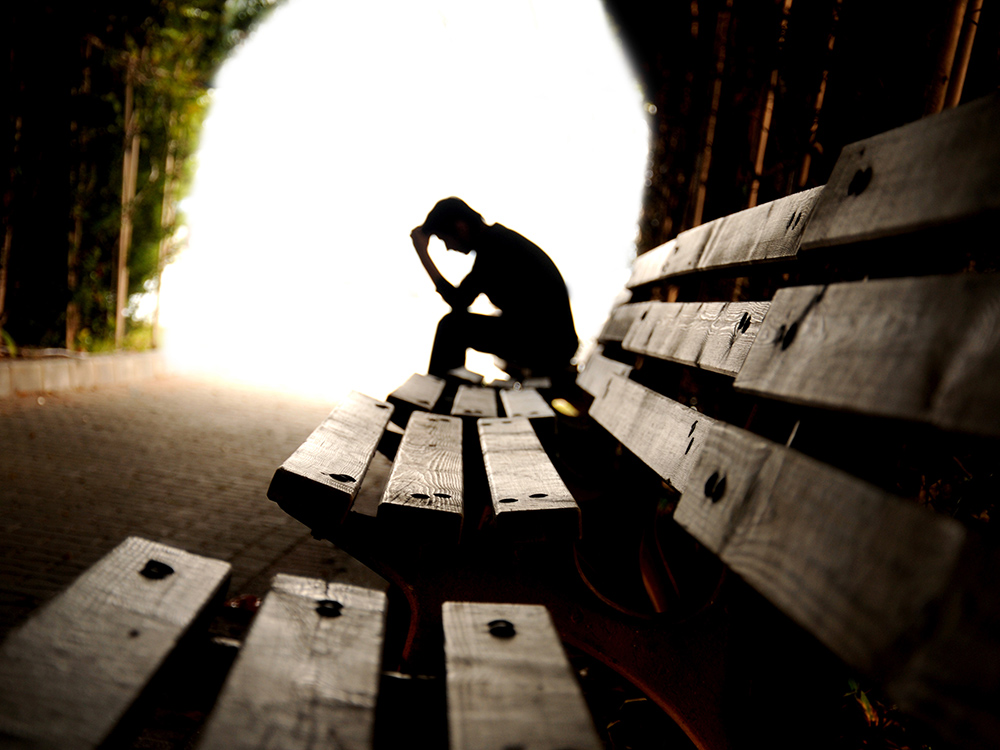


Suicide now ranks in the top 10 leading causes of death in the U.S.
In 2015, 44,193 Americans died by their own hand. That was more than the number killed in motor vehicle accidents (37,757) and over twice the number who died through homicide (17,793).
The number of suicides per 100,000 Americans rose 30.4 percent between 1999 and 2015. The increase has not been uniform across all demographic groups. Those in midlife had the largest uptick in suicide. For example, for those ages 45 to 54, the rate increased from 13.9 persons that age to 20.3, or 46 percent, during that period.
However, suicide rates in other developed nations have generally fallen. According to the World Health Organization, suicide rates fell in 12 of 13 Western European countries between 2000 and 2012. Generally, this drop was 20 percent or more. For example, in Austria the suicide rate dropped from 16.4 to 11.5, or a decline of 29.7 percent.
There has been little systematic research explaining the rise in American suicide compared to declining European rates. In my view as a researcher who studies the social risk of suicide, two social factors have contributed: the weakening of the social safety net and increasing income inequality.
Income inequality
The degree of the gap between the rich and the poor in the U.S. also differs from that of Europe.
Research has generally found that the higher the level of income inequality in the U.S. states, the higher the probability of death by suicide. According to social strain theory, when there’s a large gap between the rich and poor, those at or near the bottom struggle more, making them more susceptible to addiction, criminality, and mental illness than those at the top.
Take the GINI index, a standard measure that varies between zero, or no inequality, and one, or a scenario where one household receives all the income. Most European nations fall between a GINI of 0.271 and 0.305, while the U.S. gap between its rich and poor measures at 0.410. That means that, for example, the U.S. has 34.4 percent more income inequality than Austria. This represents a relatively high amount of financial strain faced by U.S. families.
Income inequality in the U.S. has been increasing for several decades. This wasn’t always the case. Between 1928 and 1979, the share of the top 1 percent declined in every state but Alaska. But then, over the next three decades, the average income of the top 1 percent of U.S. families increased by 200.5 percent, fully 10 times the increase seen by the rest of U.S. families.
By 2013, the average income of the top 1 percent was $1,153,293, more than 25 times greater than the average income of the rest of U.S. families.
The ensuing economic strain is a risk factor for suicide. As U.S. income inequality has been increasing, one study found an increasing percentage of midlife suicides reportedly associated with financial problems.
It’s important to note that work on suicide’s relationship to both income inequality and social welfare is scant. Rigorous research is needed to update what we know about the present American context.
Steven Stack is a Professor of Criminal Justice at Wayne State University. This article was originally featured on The Conversation.
